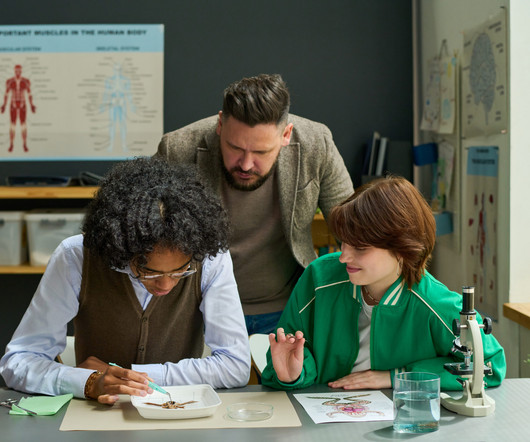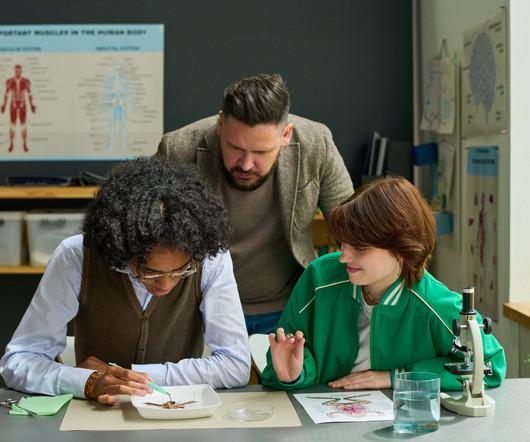Strategies for Teaching Complex Subjects in Large Hybrid Classrooms Across Campus: Bridging Engagement and Equity Across Modalities
Faculty Focus
MARCH 4, 2025
Oppositely, small classrooms allow for more intimate interactions, personalized feedback, and flexible teaching methods (Wang & Calvano, 2022). Students in smaller classes often feel more comfortable asking questions and engaging in discussions, fostering a collaborative learning environment. Miner, Ed.). EdTech Books.











Let's personalize your content